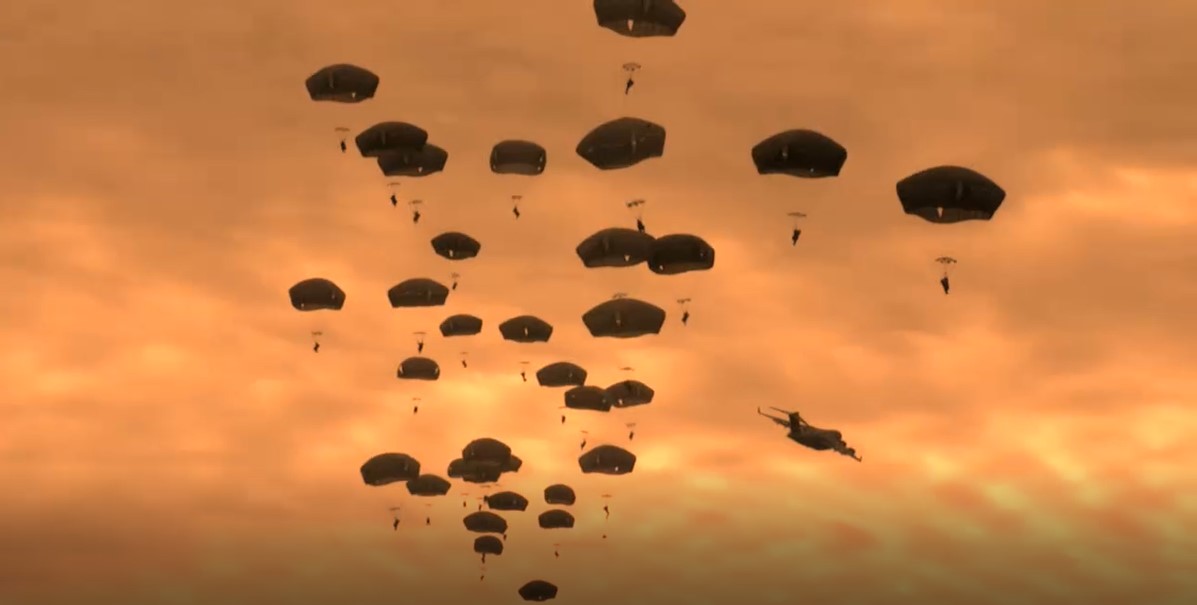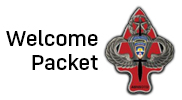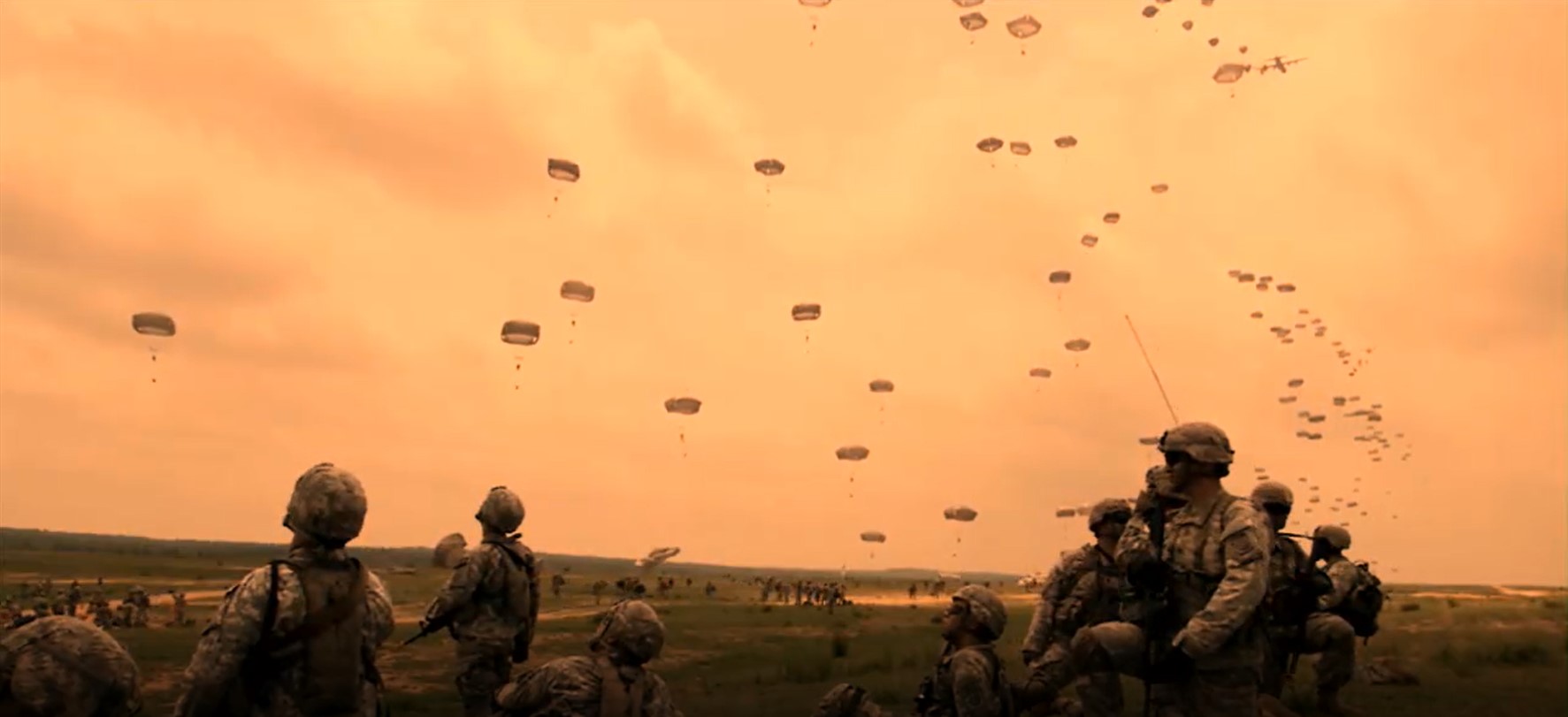- Homepage >
- Organization >
- Airborne and Special Operations
Airborne and Special Operations
U.S. Army
Operational Test Command
2175 Reilly Road, Stop A, ATTN: TEOT-AB
Fort Bragg, North Carolina 28310-5000
Mission
ABNSOTD plans, executes, and reports on assigned five-year test program, operational tests, and field experiments involving doctrine, organization, and materiel relating to Joint Airborne and Special Operations Forces equipment, procedures and systems, to include aerial delivery and transportation items in support of air movement operations. Sustain the morale, welfare, and training of the ABNSOTD work force.
Vision
A forward looking and respected operational test directorate that focuses on current and future war-fighting requirements through the conduct of thorough, rigorous, realistic, honest, service unique, and joint testing. ABNSOTD ensures "Truth in Testing" while never compromising safety or performance.
Who We Are
The Army's independent operational testers for airborne, airdrop, and Joint Special Operations Forces.
What We Do
![]() Test
Soldier-essential Army combat systems that can
be transported in, airdropped from or
transported outside of Army or Air Force
aircraft.
Test
Soldier-essential Army combat systems that can
be transported in, airdropped from or
transported outside of Army or Air Force
aircraft.
![]() Determine
risks associated with new aircraft, systems or
procedures prior to use by operational
paratroopers.
Determine
risks associated with new aircraft, systems or
procedures prior to use by operational
paratroopers.
![]() Test
joint service equipment and aerial delivery
methods, including--
Test
joint service equipment and aerial delivery
methods, including--
- Parachute systems.
- Air delivery techniques for new or modified combat equipment.
- Individual weapons or equipment used by airborne forces.
- Equipment transported inside or outside of Army, Air Force, or commercial aircraft.
![]() Conduct
airdrop certification for delivering
equipment loads and personnel to combat
zones by testing--
Conduct
airdrop certification for delivering
equipment loads and personnel to combat
zones by testing--
- Internal loads aboard fixed-wing aircraft and helicopters.
- External loads using helicopters.
- Static line parachute procedures.
- Military free-fall parachute procedures.
- Low velocity or dual row airdrop loads using high performance USAF aircraft.
![]() Record
all visual action from exit to ground impact and
recovery using state-of-the-art instrumentation,
such as--
Record
all visual action from exit to ground impact and
recovery using state-of-the-art instrumentation,
such as--
- Ground-Based Video Tracking Systems.
- Aerial photography from T-34 chase aircraft or paratrooper helmet-mounted cameras.
- Global Positioning System (GPS)-based instrumentation attached to jumpers and equipment loads.
- High-speed videography and digital still photography.

History
OTC's most unique test directorate is the Airborne and Special Operations Test Directorate (ABNSOTD) at Fort Bragg, North Carolina. The Airborne and Special Operations Test Directorate formally began as a service board activated in December 1944 at Camp Mackall, North Carolina. Its history can be traced back through the Testing and Developing Section of the Airborne Command, organized in 1942 at Camp Mackall, to the original Parachute Test Platoon, activated at Fort Benning, Georgia, in June 1940. Following the end of World War II, the Airborne Board was incorporated into Army Ground Forces Board on 1 October 1945.
As a direct descendant of the original parachute test platoon in 1940, this directorate is not only responsible for the testing of new parachutes and airborne equipment, but is also chartered to certify every item of Army equipment to be airdropped, airlifted, sling-loaded, or in any way transported or delivered by Army or Air Force aircraft.
Certification for every class and type of aircraft for airdrop of personnel and equipment, including new military, foreign, and commercial aircraft, comes as a result of testing by this directorate and is finalized with the publication of approved airdrop rigging procedures in the appropriate technical and training manuals. Directorate personnel perform extensive testing of Soldier equipment to be employed in airborne operations, ranging from new personnel parachute systems to any new or modified combat equipment or individual weapons systems.
ABNSOTD has the critical responsibility for providing dynamic, responsive, and quality testing in order to meet the needs of the airborne and special operations communities.


